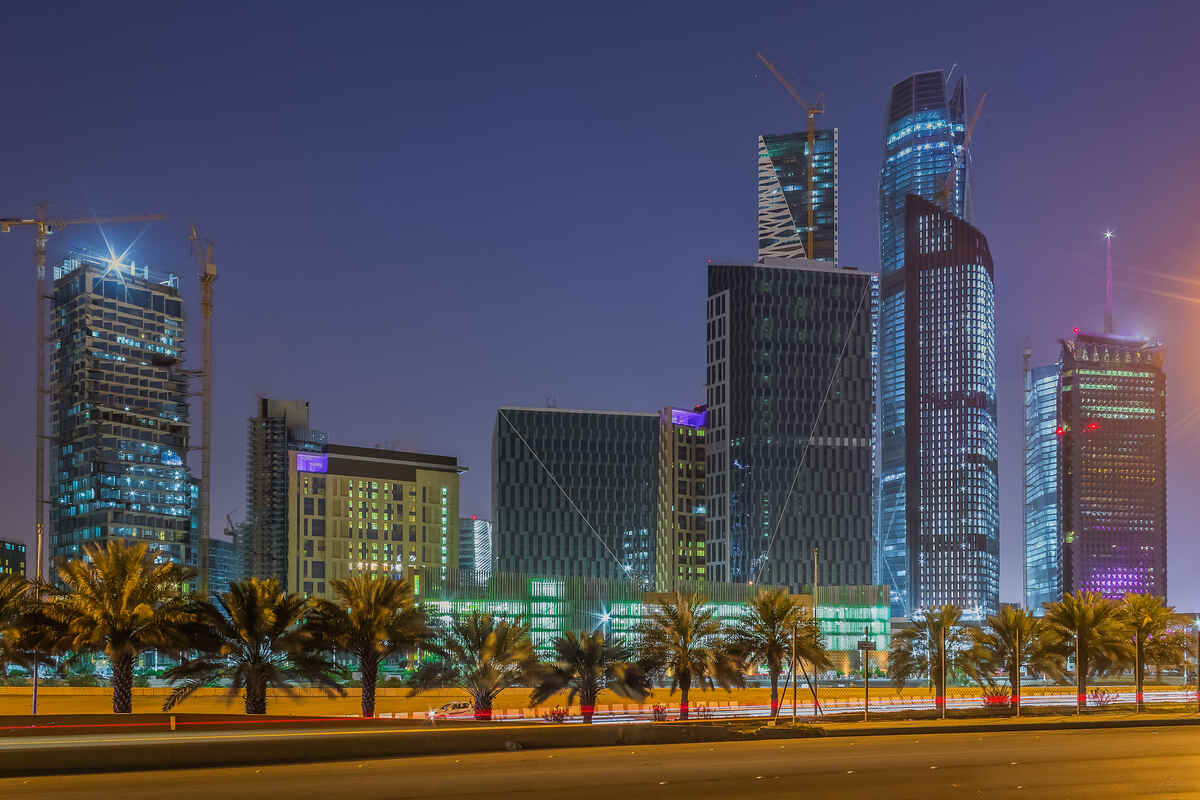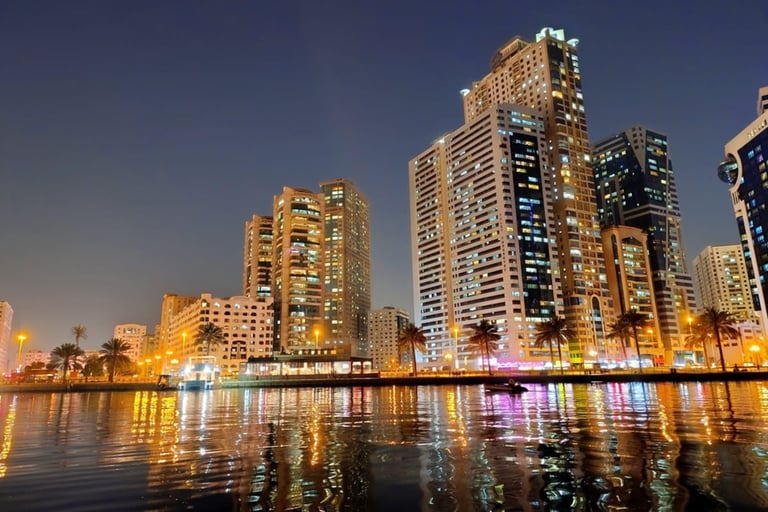Saudi Arabia’s real estate market is set for substantial expansion in the year ahead, driven by Vision 2030 and strategic diversification. The Kingdom is set to undergo transformative growth and unique opportunities, fuelled by its ambitious development agenda, even as the market navigates supply chain complexities and rising construction costs.
According to JLL’s Middle East and Africa Market Review and Outlook 2025, the non-oil sector in the Kingdom is projected to grow by 5.8 percent in 2025, up from 4.5 percent in 2024, fuelled by significant investment in infrastructure and private sector participation.
“Despite global economic headwinds, the resilience and strategic diversification efforts in Saudi Arabia driven by Vision 2030 are a significant catalyst for real estate development, attracting both domestic and international capital. The flight to quality, limited vacancy in prime assets, and ambitious tourism strategies are further bolstering sustained demand across key sectors, particularly in Riyadh and Jeddah, creating a compelling investment landscape for the long term,” stated Saud Alsulaimani, Country Head KSA, JLL.
Residential sector drives Saudi Arabia’s construction growth
Although the MEA region’s construction project market slowed in 2024, Saudi Arabia’s construction sector remained robust, accounting for $29.5 billion of the total construction project awards. Saudi Arabia’s hospitality, mixed-use and leisure segments saw significant activity, with the residential real estate sector performing strongly with $7.9 billion in awards.
“Strategic projects that underpin Saudi Arabia’s Vision 2030 will continue to attract substantial investments, creating new opportunities for market expansion. Significant cash flow is anticipated for major events like the FIFA World Cup 2030 and EXPO 2030, further boosting infrastructure development and positioning the real estate sector for robust performance and positive growth in 2025 and beyond,” stated Maroun Deeb, head of projects and development services for JLL in KSA.
Riyadh’s office sector sees robust demand
The report also revealed that 2024 was an exceptional year for Riyadh’s office sector as robust demand and limited supply saw Grade A buildings registering a mere 0.2 percent vacancy and average rents reaching $609 per square meter in Q4 2024. While 326,600 sq m of Gross Leasable Area (GLA) were added to the market, a substantial 888,600 sq m pipeline promises continued growth in 2025.
Amid this surge in demand, Jeddah is emerging as a compelling alternative, attracting regional and international corporations to its modern, high-quality office spaces in the northwestern region. Meanwhile, Dammam’s market remains stable, primarily driven by government entities.
Supply lags drive residential price increases
Strong demand also continues to fuel growth in Riyadh’s residential sector, with villas remaining highly sought after, contributing 53.3 percent of total transactions. Although 28,943 units are slated for 2025, new supply lags will likely drive price and rental increases.
In Jeddah, apartments dominated transactions in 2024, comprising 82.8 percent of the anticipated units for 2025, but limited supply will similarly accelerate price and rental growth.
The hospitality sector in Riyadh is also thriving, driven by corporate tourism and global events, with Average Daily Rates (ADR) surging 13.3 percent to $239 in 2024. The city’s growth as a key business and leisure hub will continue, with 2,312 keys expected in 2025. Jeddah’s hospitality landscape, bolstered by religious and leisure tourism, remains strong despite a slight dip in KPIs. Its solid foundation positions it for future growth, aligning with the Kingdom’s ambitious tourism goals.
In the industrial and logistics sectors, upward rental rates in both Riyadh and Jeddah indicate strong market activity and robust demand for enhanced logistics and warehousing capabilities. The growth is also driven by economic diversification and e-commerce growth.








